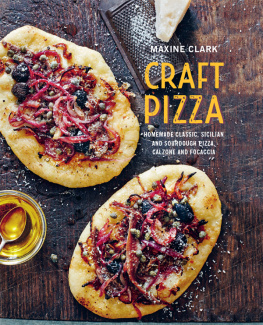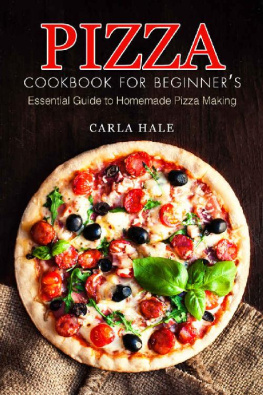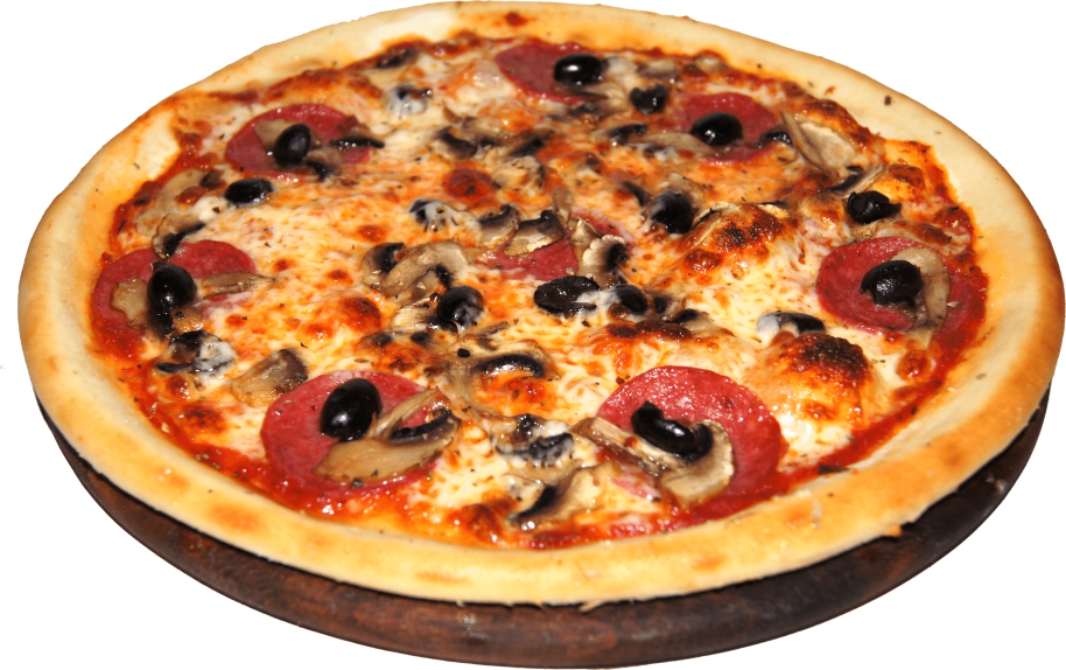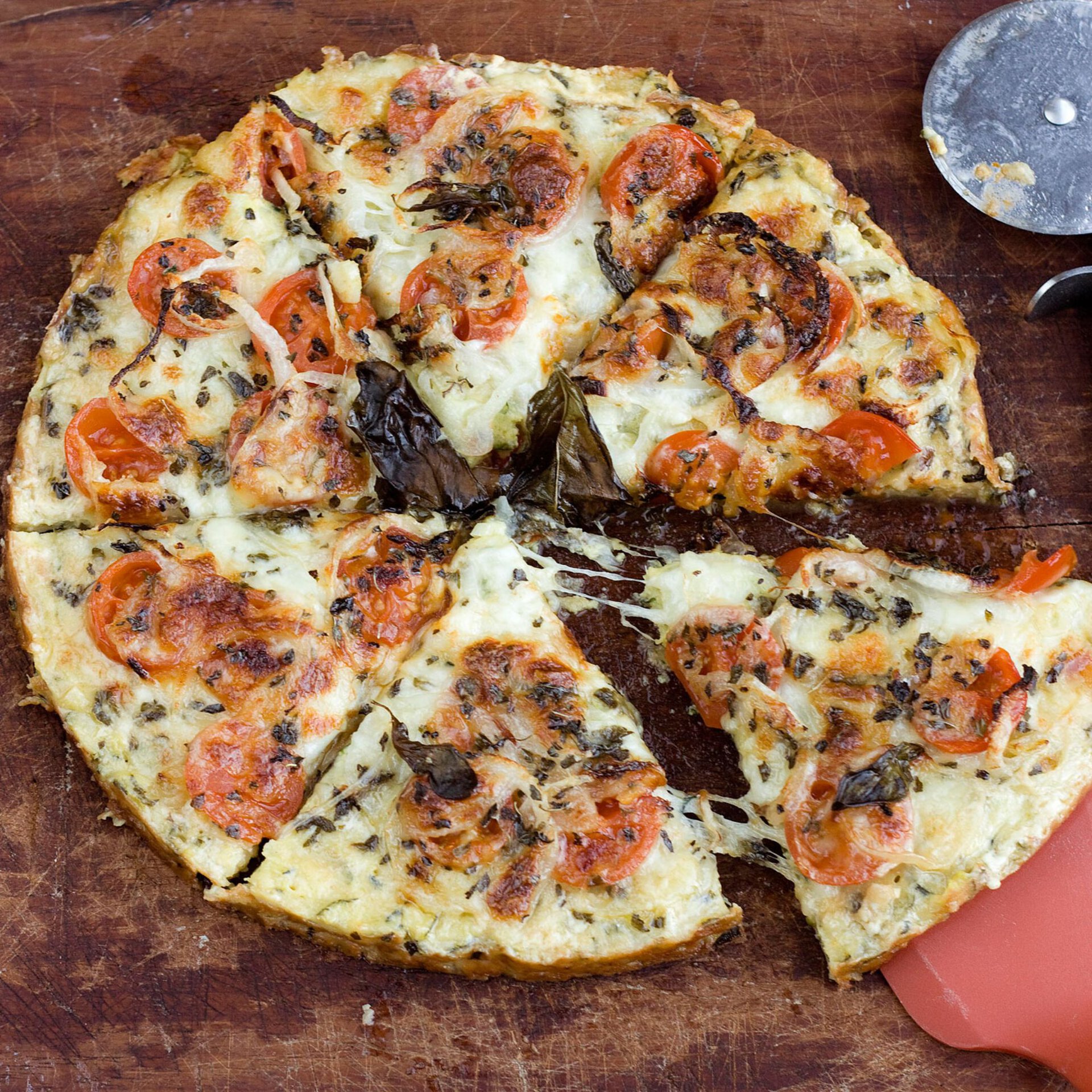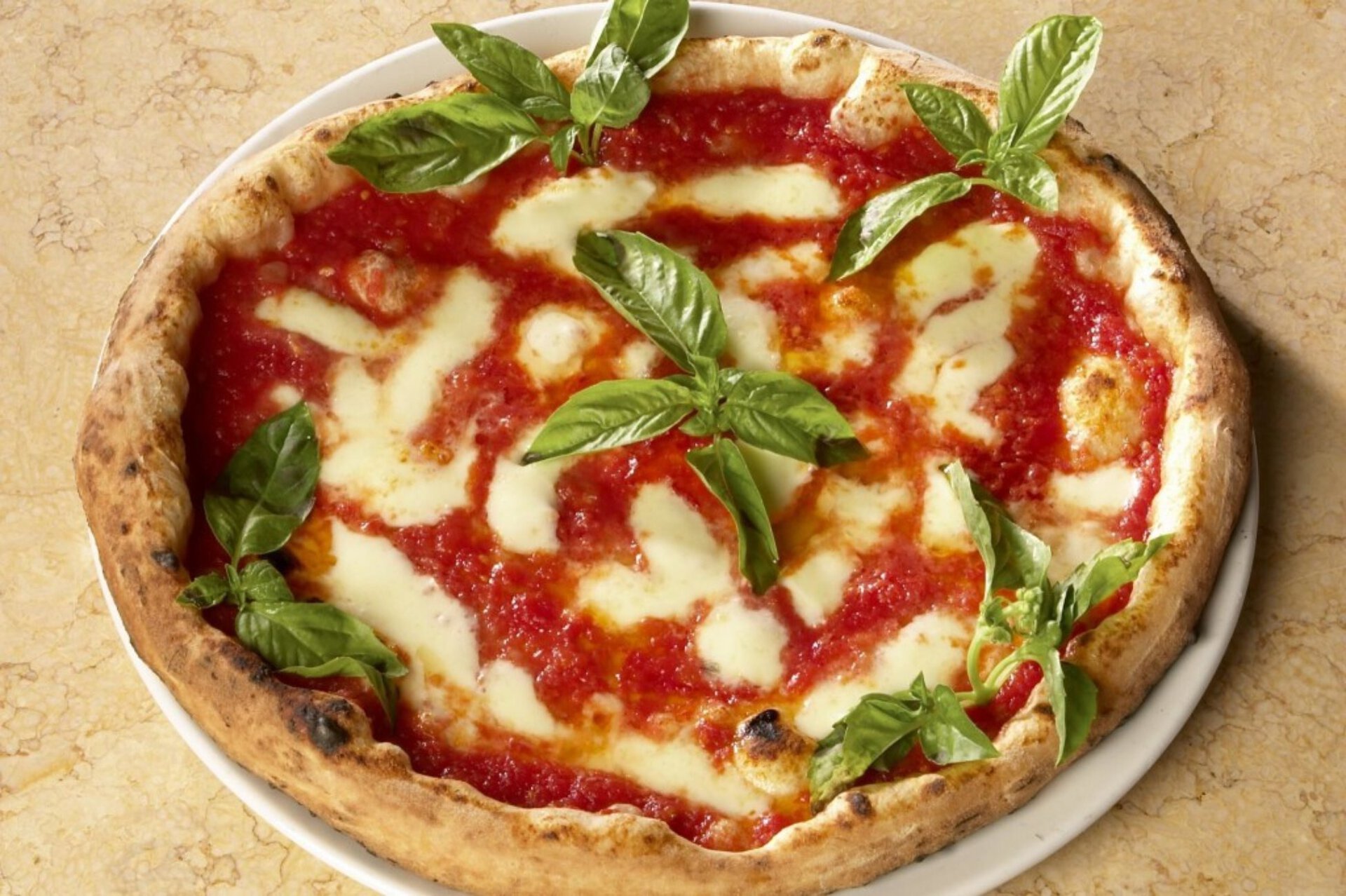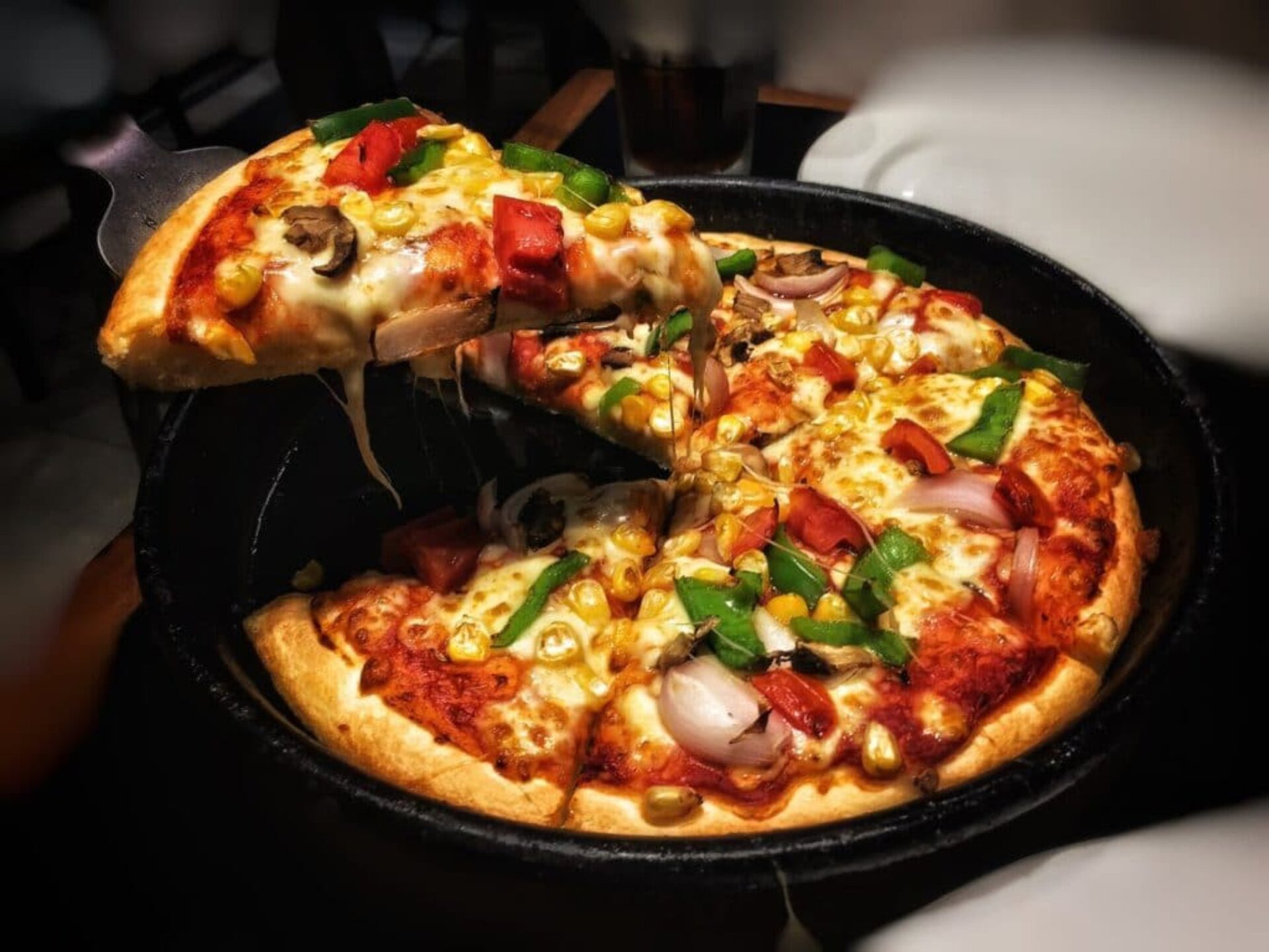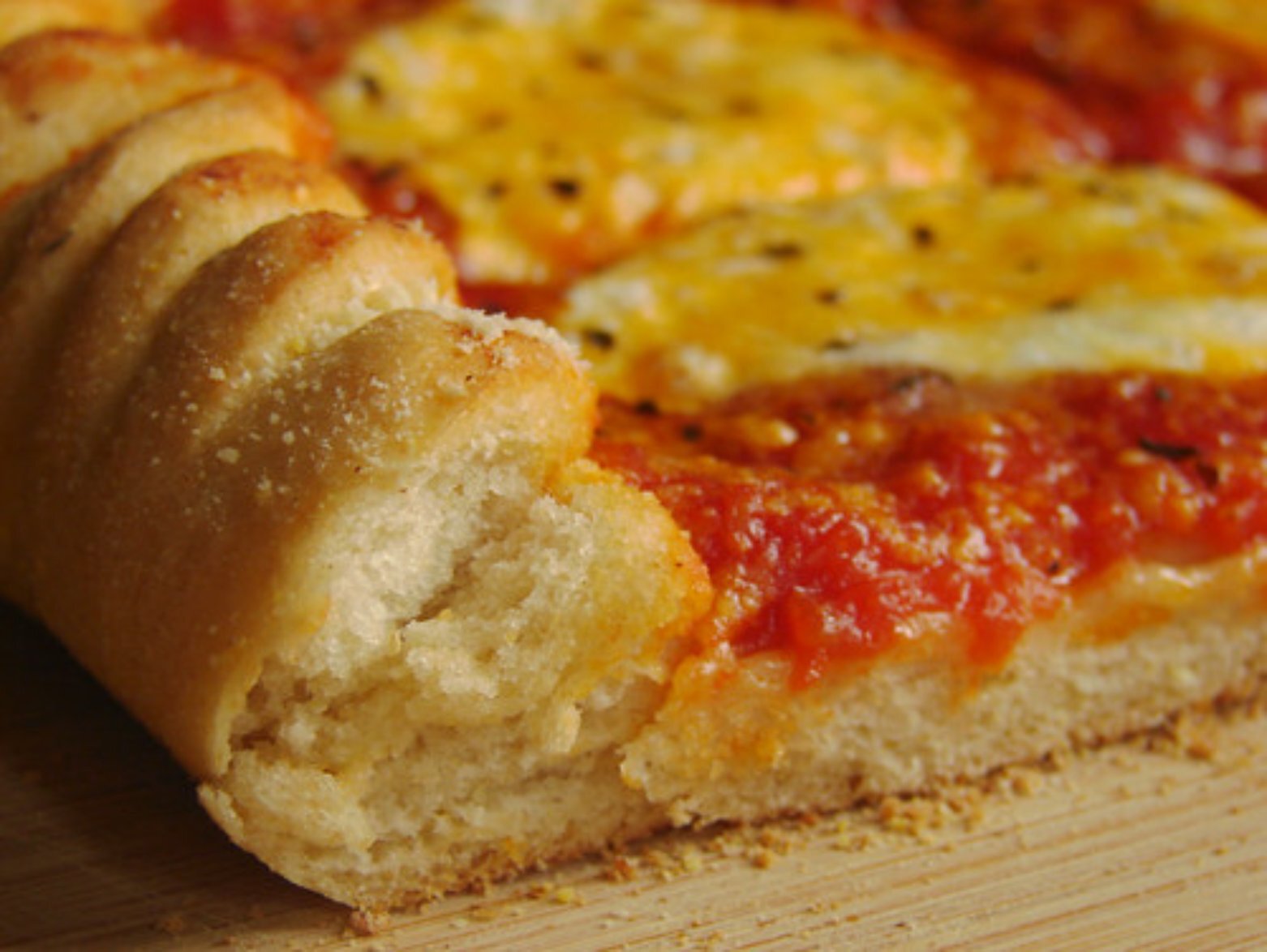H
HOMEMADE PIZZA
HAVE FUN TO CREATE CRUNCHY AND FRAGRANT PIZZAS AND FOCACCIAS WITH YOUR HOME OVEN AND MAKE YOUR FAMILY HAPPY.
Copyright 2021 Salvatore Vitiello - All rights reserved.
The content contained within this book may not be reproduced, duplicated or transmitted without direct written permission from the author or the publisher.
Under no circumstances will any blame or legal responsibility be held against the publisher, or author, for any damages, reparation, or monetary loss due to the information contained within this book. Either directly or indirectly.
Legal Notice:
This book is copyright protected. This book is only for personal use. You cannot amend, distribute, sell, use, quote or paraphrase any part, or the content within this book, without the consent of the author or publisher.
Disclaimer Notice:
Please note the information contained within this document is for educational and entertainment purposes only. All effort has been executed to present accurate, up to date, and reliable, complete information. No warranties of any kind are declared or implied. Readers acknowledge that the author is not engaging in the rendering of legal, financial, medical or professional advice. The content within this book has been derived from various sources. Please consult a licensed professional before attempting any techniques outlined in this book.
By reading this document, the reader agrees that under no circumstances is the author responsible for any losses, direct or indirect, which are incurred as a result of the use of information contained within this document, including, but not limited to, errors, omissions, or inaccuracies.
Table of Contents
Introduction
It's an age-old seduction: fragrant, rich bread topped with pristine oils and the finest fruits of the earth and sea. Although modern pizza enthusiasts spend $32 billion on the crusty delicacy each year, the custom dates all the way back to the dawn of recorded history. Additionally, it is a truly international dish.
The ancient Greeks baked a flat bread on heated stones, covered it with oils and herbs, and referred to it as plankuntos, which translates loosely as "edible plate." The meal made its way to Italy, where the third-century b.c. first chronicle of Rome mentions flat circular dough coated with olive oil, herbs, and honey and baked on stones. Tomatoes, which some believe a necessary component of a well-balanced pie, were added after Columbus introduced the indigenous American fruit to Europe.
The modern history of pizza begins with a Neapolitan baker who created a pie in the Italian flag's colors in honor of a queen's visit. Italian immigrants introduced the dish to New York a few years later, and it blossomed in Italian areas along the East Coast, from Philadelphia to Boston. Years later, following returning servicemen from Europe with a love for pizza and other ethnic fare, an age of all-American creativity began, with pizzas of all shapes and sizes and with an assortment of toppings appearing in towns across the country.
Today, pizza restaurants may be found on every continent and in hundreds of countries large and small. There are around 62,000 pizzerias in the United States alone, accounting for 17% of all restaurants. According to industry data, Americans consume 100 acres of pizza every day, or sixty-three slices for every man, woman, and child in the country. What is America's preferred topping? Pepperoni, with an annual consumption of 250 million pounds.
Naturally, this applies only to commercially produced pizzas. What about homemade pizzas? There are no statistics available to document the rise of homemade pizzas; only anecdotal evidence exists. Consider that ready-to-use pizza components such as frozen and shelf-stable crusts and jarred pizza sauce accounted for about $3 billion in 2005, and industry analysts anticipate that figure will continue to grow. Almost every budget store stocks at least one type of pizza pan, including previously scarce pizza screens and stones, as well as pizza cutters and other accessories. Countertop gadgets for baking pizzas are ubiquitous in housewares aisles, but the proliferation of gas and wood-fired pizza ovens is far more telling. These true Italian stone pizza domes range in price from $2,000 to more than $10,000, according to builders, and are the latest must-have appliance in wealthy houses.
Whether your household budget favors the pizza stone or the stone pizza oven, making fresh, delicious pizza at home is entirely achievable. The most challenging aspect of preparing homemade pizza is working with yeast-risen dough; yet, with practice, this skill can be mastered. Meanwhile, we promise that no one will object if you begin your home pizza custom using store-bought flour or ready-to-top bread crusts. Even the most adamant pizza snobs will be seduced by the aroma of warm bread and bubbling cheese emanating from the kitchen.
Chapter 1: Some Pizza Basics
Pizza has completed its circuit. The dish originated as peasant fare, a straightforward life-sustaining recipe designed to satisfy bellies without emptying purses. It developed into a globally known ethnic delicacy and subsequently into a culinary marvel topped with opulent toppings like as duck confit and caviar.
Although upscale pizza pizzas and pure Italian pizzerias continue to exist, the dish has returned to its roots. Pizza is a staple family meal that is occasionally ordered in, occasionally thoughtfully prepared from scratch, and occasionally thrown together from leftovers. Regardless of how it comes at the table, it is always a hunger-quenching, soul-satisfying delight.
Pizza's Origins
The very first loaf of bread made was a pizza crust. Although the Neolithic cooks who formed grain paste and cooked it into flat rounds over hot coals did not call it such, a hot, crispy, chewy pizza crust by any other label is still a pizza crust. Around 4000 B.C., leavened flatbreads rendered lighter by the addition of natural yeast spores arrived in Egypt. It's a safe chance that period condiments - honey, onion, garlic, goose fat, herbs, and plant extracts found their way onto and into wheat, barley, and other grain doughs. Following that, it was simply a matter of time, advancements in culinary technology, and the discovery of additional ingredients before the now-classic pizza was developed.
European Customs
The ancient Greeks are credited with inventing pizza-like dishes, which included flat flatbread some like current pita topped with herbs and spices. However, comparable frugal lunches were consumed by workers and their families in Mediterranean countries. According to food historians, Persian troops toasted flatbread on their shields in the sixth century B. C. and covered it with dates and cheeses. Cato the Elder describes flat rounds of dough fried on hot stones and garnished with olive oil, herbs, and honey in his third-century B.C. history of Rome. Meanwhile, the Etruscans of Central Italy cooked a bread similar to focaccia with toppings.


